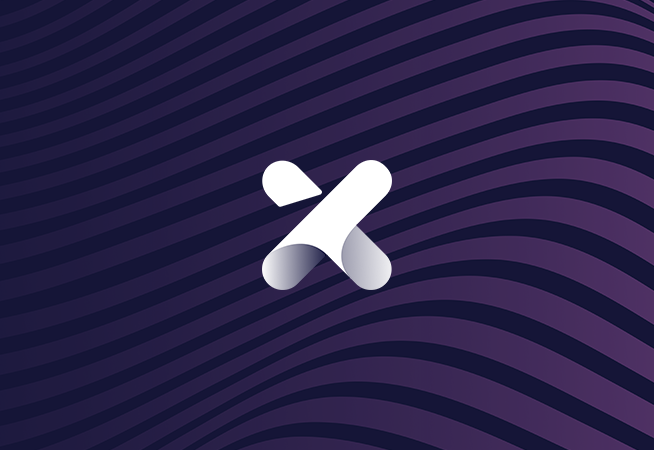17 January 2018
6 Min Read

The process of onboarding a new employee is never easy. There’s a lot to go over – and often, this means that you drop a big binder full of company policies and information on the lap of your new hire, and tell them to start reading!
However, this is not the proper approach – most employees will start reading through these materials, then become distracted when it’s time to begin their job duties, and start their career. They may never even finish the onboarding process – leading to issues understanding company policies, and what’s expected of them in their new position.
If you’ve had this problem in the past, don’t worry – we’re here to help. With these tips, human resources management professionals can use interactive training, best practices and eLearning to make HR onboarding quick and easy. Let’s get started!
1. Get A Head Start – Onboard Before Your Employee’s First Day!
The process of onboarding doesn’t start on your employee’s first day – it starts during the recruiting and hiring process! Throughout recruiting and hiring, you should be informing potential employees about company policies, attitudes, and other corporate information – this helps them get a better understanding of your company, and makes the true “onboarding” process much easier.
And after you hire a new employee, it’s best to start the orientation process before their formal first day. Chances are that any new employee is going to have to fill out quite a few forms before they start working – and emailing these along to them along with an offer letter and other documentation allows them to get a head start, and fill them out on their own time.
Getting these basic steps out of the way allows you to focus more on employee engagement and corporate training during the onboarding process, and leads to a happier, more satisfied employee.
2. Make All Documentation Available Online
Again, you should do this before onboarding officially begins on an employee’s first day. Instead of dropping a load of documentation on an employee all at once, you can upload information like orientation schedules, benefits/employment forms, company FAQs, and policy books directly to your Intranet.
Then, you can send this link to all new hires before they start work. Even if they don’t browse it thoroughly, they’ll be able to have access to plenty of information about your company and your business.
This is also helpful after you begin the onboarding process. Instead of having to come to you with any questions, employees can find most of the information they need online – allowing them to learn at their own pace, and always have the resources that they need.
3. Create A Plan – And Stick To It!
You really should have an employee onboarding checklist – ideally, one for every day of the onboarding process. This allows you to have an “at-a-glance” understanding of the process of onboarding, and keeps you on track, even if other things come up.
If you haven’t created an onboarding checklist yet, our best advice is don’t overdo it. You don’t want your new hire to have to wade through hundreds of pages of corporate information or dozens of forms per day – spread the work out over a longer period of time.
This helps a new hire feel more comfortable balancing HR onboarding with their new job duties and responsibilities.
4. Use Interactive Training To Make Onboarding More Engaging!
Interactive training methods like eLearning are the future of education. They can help with the development of employee skills and corporate training – and because they’re interactive and interesting, they help boost employee engagement during the onboarding process.
Ask any new hire what they would rather do – look through a 40-page corporate handbook, or take an online, custom-built eLearning course regarding corporate policies. Chances are, most are going to say they’d prefer the eLearning, because it’s more fun, flexible, and helps employees learn more quickly.
And because progress on eLearnings is saved during every session, employees can do them on their own time, and at their own pace. With the right eLearning, there’s no need to rush an employee through the onboarding process, or confront them with a giant pile of corporate literature that they need to review!
Use These Tips To Improve Your HR Onboarding Process!
With this advice in mind, you’ll be able to develop a much better HR onboarding process. Just remember to take things slow, give employees all of the information they need before they start, and to use a comprehensive checklist and interactive learning materials to track employee progress. If you do these 4 things, you’re sure to build a more engaging and effective onboarding process!
RELATED RESOURCES



